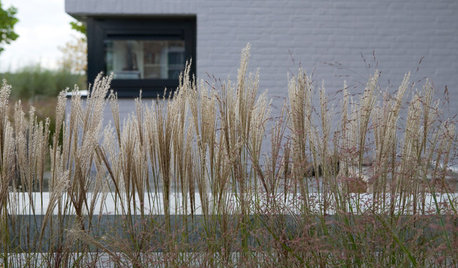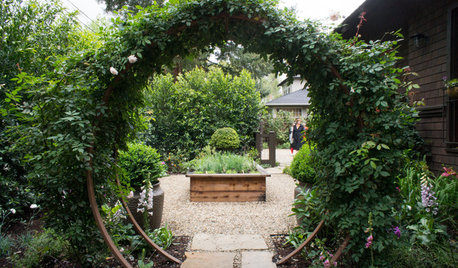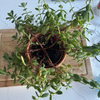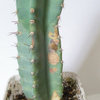Giant Euphorbia ammak in Berkeley
bahia
13 years ago
Featured Answer
Comments (21)
paracelsus
13 years agolast modified: 9 years agoxanthoria
13 years agolast modified: 9 years agoRelated Professionals
Fort Myers Landscape Contractors · Harvey Landscape Contractors · Hoffman Estates Landscape Contractors · Milton Landscape Contractors · Spring Landscape Contractors · Four Corners General Contractors · Hartford General Contractors · Little Egg Harbor Twp General Contractors · Maple Heights General Contractors · Enterprise Carpenters · North Lauderdale Carpenters · Oak Grove Carpenters · Alexandria Decks, Patios & Outdoor Enclosures · Mitchellville Decks, Patios & Outdoor Enclosures · Racine Decks, Patios & Outdoor Enclosuresparacelsus
13 years agolast modified: 9 years agohoovb zone 9 sunset 23
13 years agolast modified: 9 years agoidua
13 years agolast modified: 9 years agocactusmcharris, interior BC Z4/5
13 years agolast modified: 9 years agocactusmcharris, interior BC Z4/5
13 years agolast modified: 9 years agocactusmcharris, interior BC Z4/5
13 years agolast modified: 9 years agolzrddr
13 years agolast modified: 9 years agocactusmcharris, interior BC Z4/5
13 years agolast modified: 9 years agoparacelsus
13 years agolast modified: 9 years agokaktuskris
13 years agolast modified: 9 years agobahia
13 years agolast modified: 9 years agoland3499
13 years agolast modified: 9 years agolzrddr
13 years agolast modified: 9 years agocactusmcharris, interior BC Z4/5
13 years agolast modified: 9 years agogreenman28 NorCal 7b/8a
13 years agolast modified: 9 years agoland3499
13 years agolast modified: 9 years agostanofh 10a Hayward,Ca S.F. bay area
13 years agolast modified: 9 years agowantonamara Z8 CenTex
13 years agolast modified: 9 years ago
Related Stories

LANDSCAPE DESIGNConsider a Plant as Living Sculpture
If traditional garden art isn’t really your thing, plant living art instead
Full Story
MOST POPULARMeet a Lawn Alternative That Works Wonders
Carex can replace turfgrass in any spot, is low maintenance and adjusts easily. Add its good looks and you’ve got a ground cover winner
Full Story
INSPIRING GARDENS5 Gardens to Inspire Your Outdoor Rooms
Get a peek at some exceptional Silicon Valley gardens and borrow ideas for your own landscape
Full StorySponsored
Columbus Area's Luxury Design Build Firm | 17x Best of Houzz Winner!
More Discussions








kaktuskris